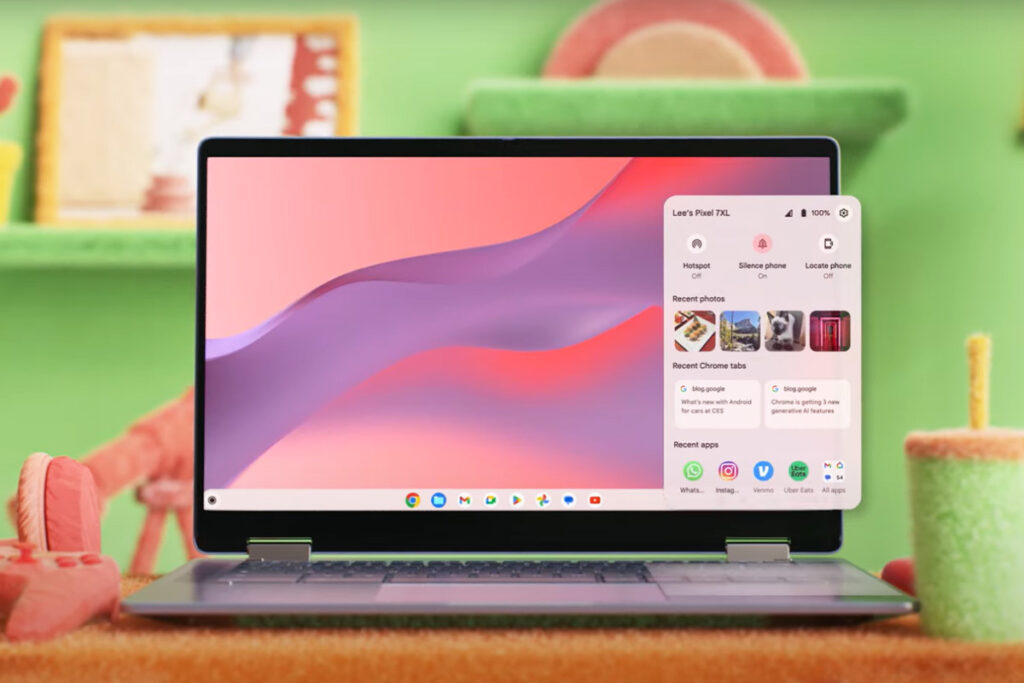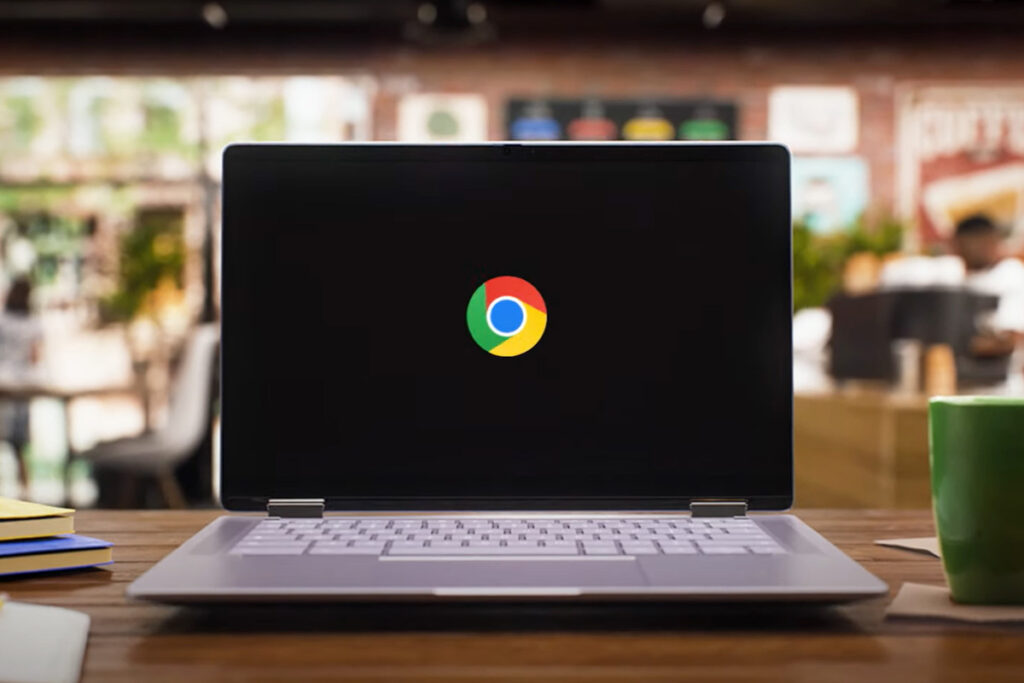The latest Chromebooks enable users to manage desktop computers through commands controlled by head movement and facial gestures. This exceptional innovation delivers an enhanced user experience to people with limited mobility which transforms how technology customizes for personal needs.
After first sharing this feature in December Google gradually makes it available to users with supported Chromebooks while officially recommending Chromebooks that have at least 8GB of RAM for smooth performance. Google has done this facial control research before when they developed Project Gameface and the AI accessibility tool for Windows games.
Through Google’s video demonstration software engineer Amanda Lin Dietz shows how the feature works. Google continues to lead the industry by designing technology for all users including people with disabilities.
Face Control changes how Chromebooks work for everyone
The latest innovation from Google advances accessibility through desktop control by utilizing head gestures alongside facial movement recognition. New interaction tools for operating apps and scrolling and clicking assistance working together make technology accessible to all users. Through its combination of motion-tracking and facial recognition tools Google shows how tech solutions can transform into adaptive systems which support disabled users with a seamless empowering user experience. Chromebooks have evolved from devices into tools which empower independence for everyone.

The latest ChromeOS tools support better classroom learning
Google expands classroom productivity tools by launching Class Tools specifically for Chrome operating systems. These tools are designed to empower teachers and enhance student engagement:
Real-time control: Through their computers teachers can distribute work to students while supervising their screen activities. Enhanced learning: Students who need different types of support can turn on the system’s real-time translation and live caption options.
Collaborative showcases: Teachers use the entire class to see student work and help students work together through discussions. Through their collaboration Google Classroom connects to FigJam so teachers deliver online whiteboards to students for team projects and creative thinking. These combined features let students create digital projects while helping teachers run the classroom.
Chromebook Company Plans Multiple New Releases in 2025
During 2025 Google plans to introduce more than 20 new Chromebook models across its product lines. Google plans to develop both regular Chromebooks and premium Chromebook Plus hardware. New Lenovo Chromebook Plus 2-in-1 and Samsung Galaxy Chromebook Plus released in October make Google appear ready to expand their Chromebook line throughout 2025.
Device developers created ChromeOS systems to serve student and teacher needs with enhanced hardware specs supporting school software tools.

Click Here to check Latest Tech News
New Features Help Users Be More Effective with Their Work
Google continues to develop ChromeOS by adding new features that help people work together better and stay accessible to all. The system’s face control component helps disabled users become more independent while teaching and learning tools help instructors and students work more effectively.
Google’s newest technology features build a path toward future connections that include everyone.
What do you think about using face controls on Chromebooks and these learning-specific tools?
Let us know in the comment section.




